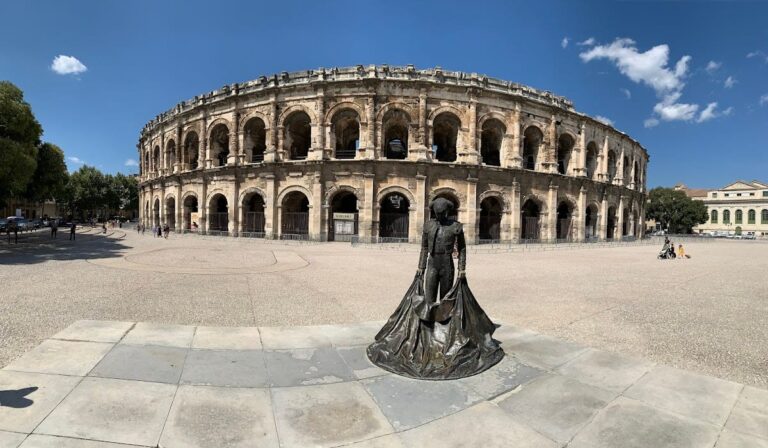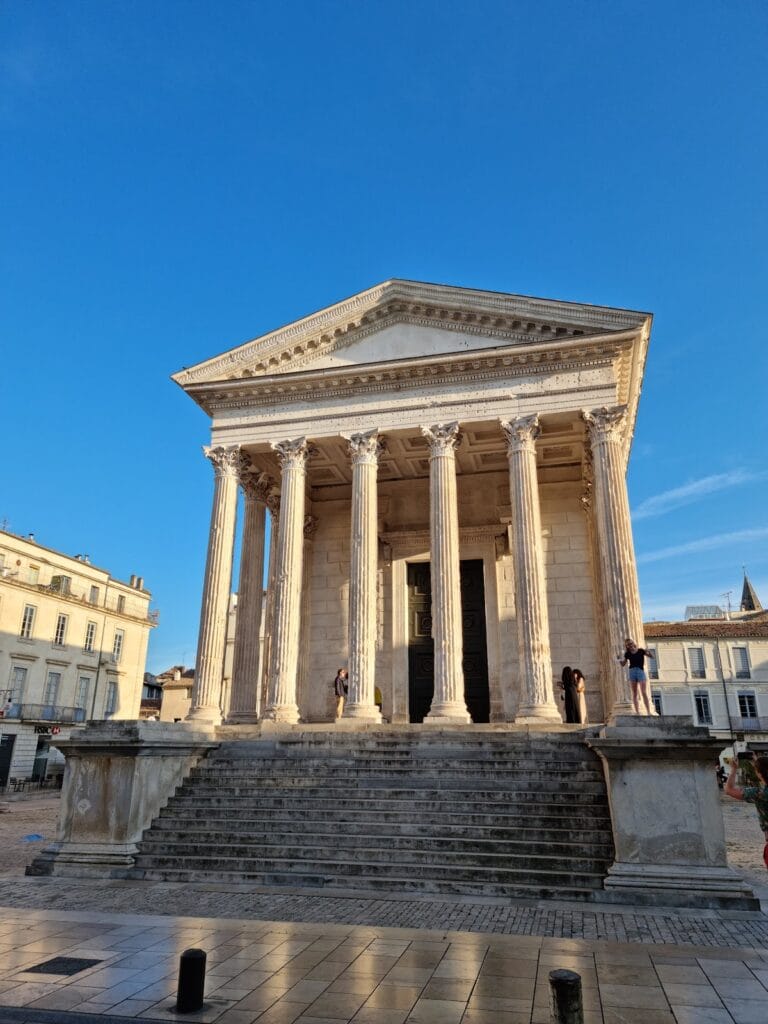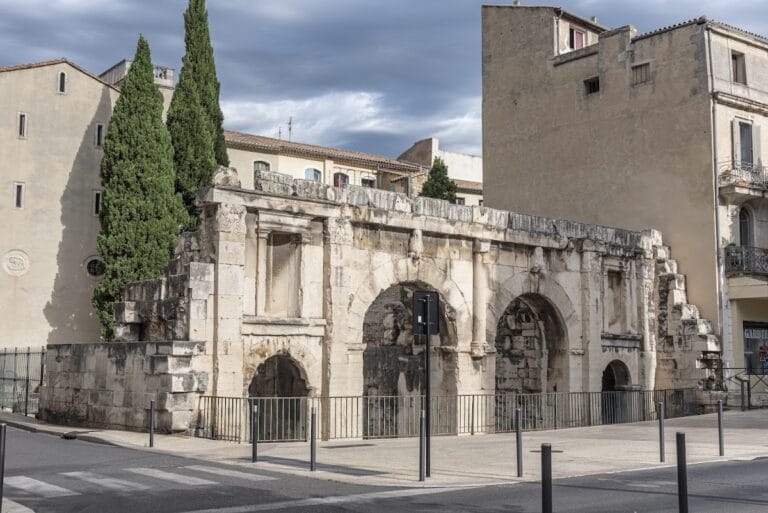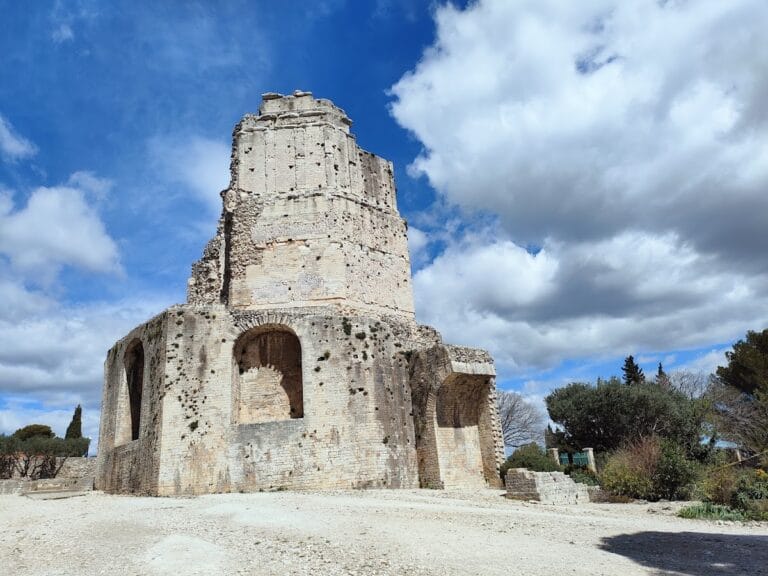Château de Générac: A Historic Castle in Générac, France
Visitor Information
Google Rating: 4.7
Popularity: Very Low
Google Maps: View on Google Maps
Country: France
Civilization: Unclassified
Remains: Military
History
The Château de Générac is situated in the municipality of Générac, in modern-day France. While local tradition holds that the castle originated in the 11th century, more recent studies attribute its current form to the mid-16th century, linking its construction to priors Jacques de Manas and Géraud de Massas. The exact origins of the site remain intertwined with these later developments rather than earlier medieval foundations.
Throughout its history, ownership of the castle changed hands multiple times, reflecting the shifting political and religious powers in the region. Initially, the castle was under the authority of the Counts of Toulouse, a significant noble dynasty during the medieval period. Later, control passed to the Knights Templar, the famed medieval military order. Subsequently, Guillaume de Nogaret, a prominent figure in French royal administration, held possession. In the 16th century, the Knights Hospitaller — specifically those from the Grand Priory of Saint-Gilles — took over the property and extensively remodeled it, reshaping the castle’s design as it stands today.
The Knights Hospitaller maintained the castle until the upheavals of the French Revolution. By 1788, the castle was leased to Jacques Archinard. Only a few years later, in 1791, it was declared national property during revolutionary land seizures and then divided into fragments sold off to local farmers. From the 19th century on, different families inhabited the castle’s premises, maintaining a residential function beyond its earlier strategic or religious roles.
Recognizing its architectural and historic value, the Château de Générac was officially listed as a supplementary historic monument in May 1993. Ownership eventually passed to the local commune of Générac, which undertook restoration efforts. Since 1995, part of the castle has served as a museum dedicated to cooperage, the craft of barrel making, linking the site’s continued use to cultural heritage preservation.
Remains
The Château de Générac presents a complex interplay of volumes and forms that highlight its layered construction history. The main building stretches approximately 32 meters from south to north and is notable for its massive presence combined with subtle decorative touches typical of Renaissance architecture. Its layout includes several distinct towers that provide clues about its multifaceted past.
On the eastern side stand two sturdy circular towers, each rising to about 12 meters in height with a diameter near nine meters. These towers exhibit robust masonry, emphasizing strength and permanence but not necessarily serving defensive purposes, as no firm evidence links them to traditional fortifications.
The western façade features a pentagonal tower connected directly to the main building. Within this tower is a stone spiral staircase adorned with sculpted winged heads representing three of the four Evangelists, figures symbolizing authors of the Christian Gospels. These artistic details, along with finely carved narrow columns framing the windows, reflect Renaissance-era modifications inherited from the 16th-century Hospitaller renovations.
Extending from the western side, a wing stretches southward at right angles to the main structure. This wing abruptly rises at its southern end, resembling a tower-like form. On its ground floor lies a large hall, which may have originally served a religious purpose, possibly as a temple. This space now houses the cooperage museum, demonstrating adaptive reuse of this part of the castle.
Altogether, the castle’s imposing size combined with its restrained ornamentation creates a blend of solidity and elegance. The arrangement of its main block and various towers reveals a site shaped by multiple construction phases and functional transformations. Oral traditions and historic speculation have proposed roles ranging from a noble residence to an observation post or a toll collection station controlling traffic between Nîmes and the port of Saint-Gilles, though its precise original function remains unclear.







